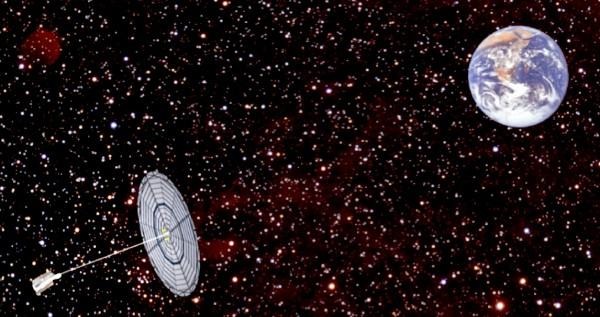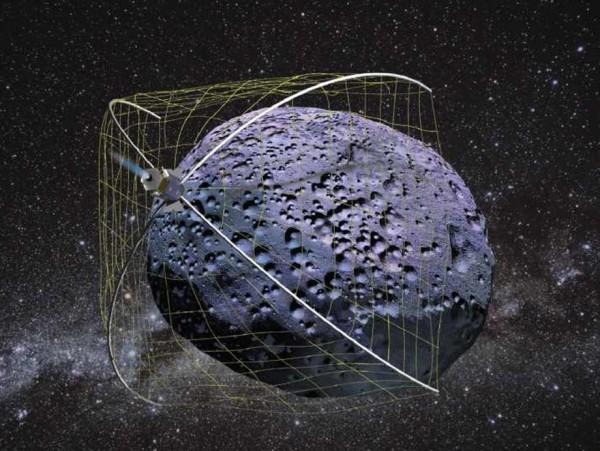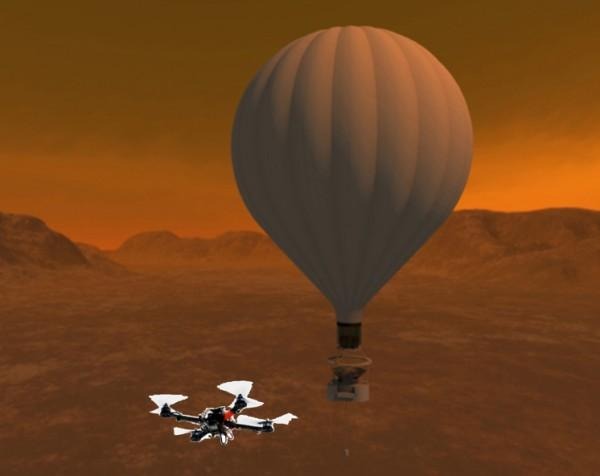NASA Flirts With Far-Out Tech: Methane Subs And Solar Sails
A submarine for diving through lakes of methane, a tiny satellite designed to snare an asteroid, and solar sail for deep-space probes are all among NASA's Innovative Advanced Concepts (NIAC) Program for 2014, as the space agency hunts for the next big thing in exploration. Several of the new NIAC proposals, notable for often taking more outlandish approaches to science and technology than mainstream NASA research, tackle planetary exploration such as the advances needed for human missions to be safe and affordable.
Twelve projects are among the 2014 Phase I Fellows, each taking a share of $1.2m to investigate feasibility over the next twelve months; if their ideas have legs, they can apply for more funding in the second phase of the program. For 2014, five advanced Phase II Fellows will get $500k apiece for two years work.
In one Phase I proposal, a swarm of probes could be deployed to a small body in the solar system rather than a traditional orbiter or lander, feeding back information on gravity field from which underlying composition and structure data could be calculated. The advantage of the system, from a researcher at Johns Hopkins University, would be the speed at which data was gathered: the results would be far more immediate versus several fly-bys of a single craft.

Another project, suggested by Webster Cash of the University of Colorado and dubbed the "Aragoscope", would act as an ultra-high resolution space telescope and deliver 1,000x the resolution of the Hubble Space Telescope, only at a fraction of the cost.
Wrangler, meanwhile, could have a significant impact on NASA's plan to capture an asteroid in 2020, with Tethers Unlimited proposing a nanosatellite-scale sub-satellite that could fire a tether line into a space rock and then gradually change its spin.

Saturn's moon Titan is the target of two NIAC proposals. One, the Titan Aerial Daughtercraft by NASA's own JPL – responsible for the Curiosity rover – outlines a sub-10kg rotocraft like a drone, which could be deployed by a "mothership" to gather samples. It then return to the base craft to offload the solids and liquids it collected, recharge, and then be deployed again.

As for the Titan Submarine, a proposal by NASA's GRC, that's designed to go into the liquid methane seas of Titan, and autonomously explore.

Sounding straight out of a science fiction novel, the Heliopause Electrostatic Rapid Transit System (HERTS) outlines a probe trailing 10-30km wires which would use the momentum of solar wind protons to travel at as much as 150km/s. The NASA MSFC team responsible believes it could be ready for launch as soon as 2025.
Of course, there's no guarantee that any of these projects will go beyond "technologically interesting" and make it to Phase II, never mind blasting off from Earth.
SOURCE NASA
